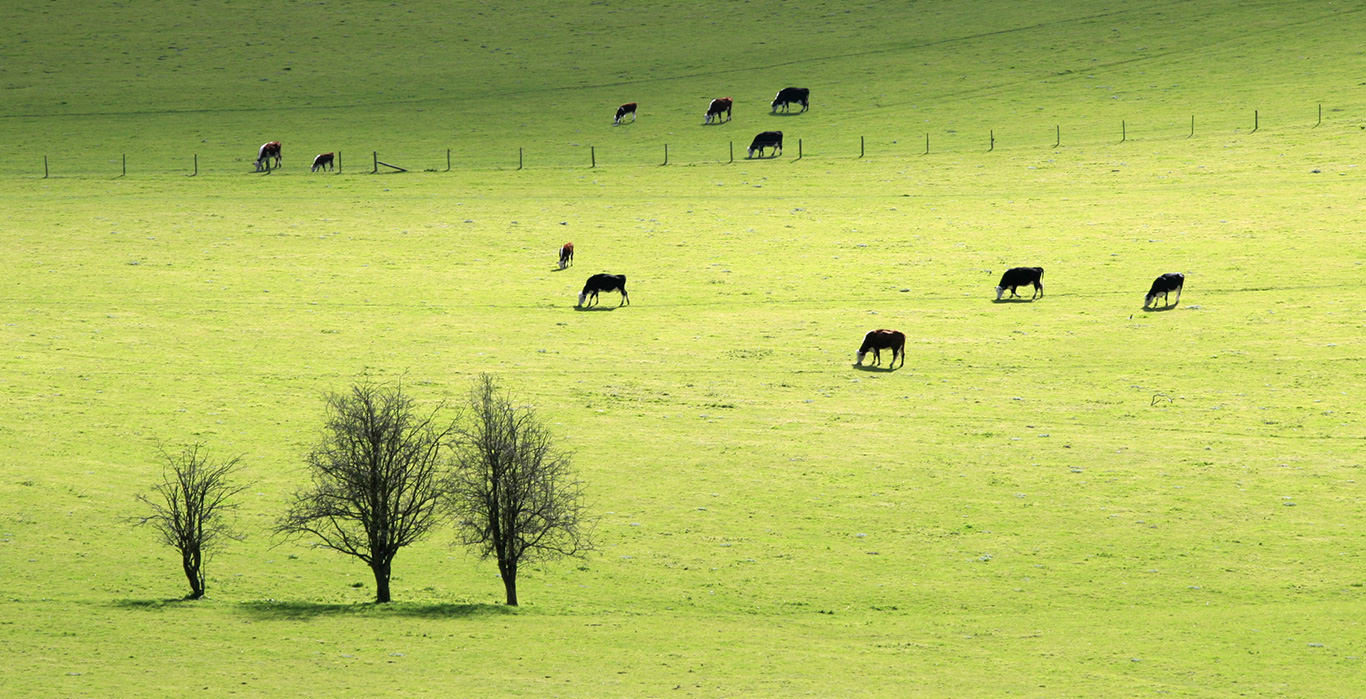Breeders are committed to correctly managing the liquid and solid manure generated by their animals to ensure that it does not pollute the water. It is stored in sealed tanks to prevent leaks and preserve water. Liquid manure (animal excrement) and solid manure (liquid manure + straw) are natural fertilisers. They promote crop and plant growth since they are rich in nitrogen and other nutrients. Many breeders spread manure on their fields before planting seeds. Others convert it into electricity using biogas plants.
The Natural environment

The Natural Environment
Definition :
Breeders have a responsible impact on their environments.
Did you know ?
Dairy farmers have reduced their GHG emissions by 20% over the past twenty years.
Liquid and solid manure are natural fertilisers.
Breeders help to protect the environment.
For the last twenty years, they have made a lot of effort in reducing their activity’s impact on the environment. Breeders rely on an array of techniques to reduce energy consumption. Sometimes, they produce their own renewable energy on the farm. In vulnerable areas, breeders have improved their crop fertilisation practices by substantially reducing the use of chemical fertilisers and storing animal excrement in order to spread it on fields at the right time. These efforts are even more intense on low-carbon dairy farms. Their goal is to reduce greenhouse gas emissions by 20% for each litre of milk over the next ten years.
Cows eat grass and crops grown on the farm and in turn they feed the soil.
Breeders produce their own resources, recycle cow excrement, protect biodiversity, preserve water, allow carbon to be locked into the soil in their rangeland and shape the landscape.